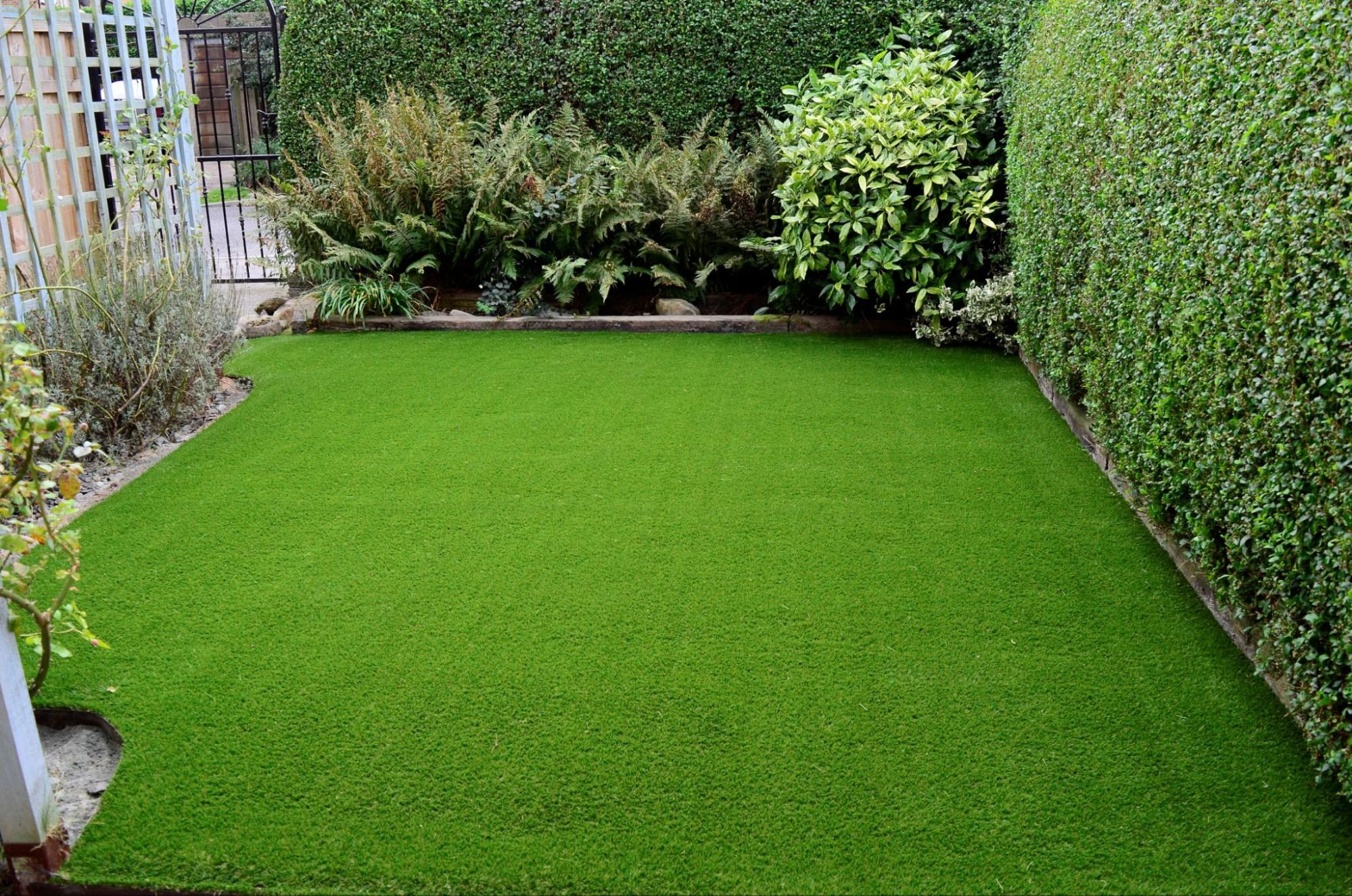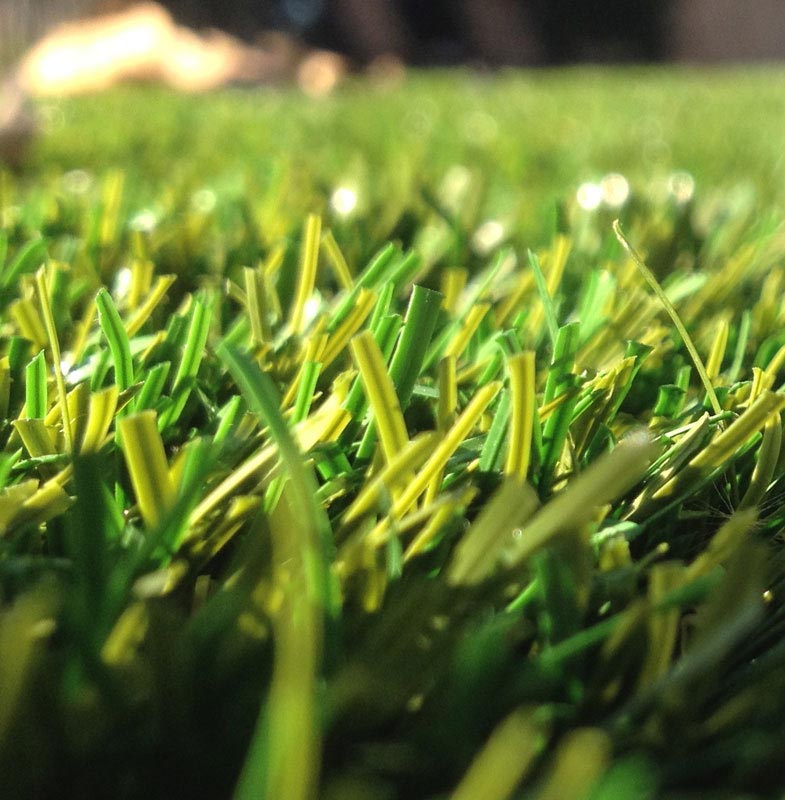Eco-Friendly Arizona Artificial Turf for a All-Season Lush Green Lawn
Eco-Friendly Arizona Artificial Turf for a All-Season Lush Green Lawn
Blog Article
Explore the Environmental Perks of Opting for Artificial Lawn Solutions
The fostering of synthetic grass solutions presents a compelling possibility to resolve pushing ecological obstacles. By substantially reducing water use and decreasing the application of hazardous chemicals, these choices not just advertise sustainable landscape design however also protect neighborhood ecological communities.
Water Conservation Perks
One of one of the most significant advantages of man-made lawn is its ability to conserve water. Traditional lawn lawns require substantial irrigation, specifically in areas prone to dry spell or water constraints. In contrast, synthetic grass does not require watering, dramatically lowering the overall demand for water resources. This function is specifically valuable in deserts where water deficiency is a pushing problem.
By eliminating the demand for normal watering, synthetic grass adds to lasting landscape practices and helps mitigate the ecological effect of extreme water consumption. Furthermore, the preservation of water reaches the decrease of runoff, which can lead to soil disintegration and waterway pollution.
In addition, the setup of synthetic grass allows districts and homeowners to allot water sources extra efficiently, concentrating on essential usages such as alcohol consumption water and agriculture. The shift in the direction of synthetic grass not just promotes accountable water use however also straightens with wider environmental goals aimed at preserving all-natural resources.
As communities progressively prioritize sustainability, the water conservation benefits of synthetic grass present an engaging case for its adoption in business and property landscape design tasks.
Minimized Chemical Use
The change to synthetic lawn dramatically decreases the reliance on chemical therapies generally utilized in natural grass maintenance. Standard lawn administration normally includes the application of herbicides, plant foods, and pesticides to promote growth and control insects. These chemicals can present risks to human wellness, local wildlife, and the atmosphere, contributing to soil and water contamination.
In comparison, man-made turf gets rid of the need for these damaging materials. By lessening the launch of synthetic compounds into the ecological community, fabricated turf advertises healthier dirt and water systems.
Furthermore, the lack of chemical runoff connected with synthetic grass installations helps protect local rivers from air pollution, sustaining water life and maintaining biodiversity. Arizona turf. As neighborhoods increasingly prioritize lasting techniques, selecting synthetic grass offers a feasible option that lines up with ecological preservation goals. Via this shift, residential property proprietors can appreciate lavish green areas without endangering ecological health and wellness, leading the way for a more lasting future
Lower Carbon Footprint

Furthermore, the installment of synthetic grass can cause significant water read this article preservation. Natural lawns need substantial amounts of water for watering, which not just includes to the carbon impact related to water removal and therapy however additionally stress local water resources. In comparison, man-made turf requires very little upkeep, needing no watering, consequently substantially decreasing water use and its associated energy costs.
Furthermore, the durability of synthetic grass adds to its lower carbon effect. With a life-span of up to 15 years or even more, the demand for constant replacements is diminished, leading to less waste and reduced power consumption in production and disposing of standard lawn choices. Overall, man-made turf presents a lasting option for eco aware landscaping.
Habitat Preservation
Environment preservation is an essential factor to consider in the debate over landscape design selections, especially when contrasting synthetic lawn to natural yard. Natural yard lawns commonly call for substantial maintenance, consisting of making use of fertilizers, pesticides, and herbicides, which can negatively impact neighborhood environments. These chemicals can leach into the soil and rivers, harming native vegetation and animals and interrupting local environments.
In contrast, synthetic grass offers an opportunity to minimize the environmental impact of landscape design. By going with synthetic yard, house owners can decrease the interruption of natural habitats related to typical yard treatment practices. Synthetic grass eliminates the need for dangerous chemicals, thereby shielding neighboring wild animals and maintaining the integrity of bordering ecosystems. The installment of synthetic turf can lead to the conversion of former grass locations into more biodiverse landscapes, such as pollinator gardens or native plant locations, which can support local wild animals.
Eventually, the transition to synthetic grass not only saves water and decreases maintenance efforts yet likewise promotes a discover this info here more unified connection in between human activities and the natural surroundings, advertising environment preservation at the same time.
Long-Term Sustainability
Long-term sustainability is a critical aspect in reviewing the benefits of synthetic grass over conventional grass yards. One of one of the most substantial advantages of synthetic grass is its longevity; it can last as much as 15-20 years with get redirected here very little maintenance, whereas all-natural lawn requires constant reseeding and replacement. This durability lowers the requirement for consistent sources, such as water, fertilizers, and pesticides, which are necessary for keeping a healthy and balanced yard yard.
In addition, synthetic grass contributes to a decrease in carbon discharges associated with yard care devices. Traditional yards frequently require gas-powered lawn mowers, leaners, and blowers, every one of which add to air contamination. Turf installation phoenix az. On the other hand, artificial turf eliminates the need for such equipment, promoting a cleaner setting
In addition, the production of synthetic grass progressively uses recycled products, boosting its sustainability account. As makers take on environmentally friendly techniques, the environmental impact of man-made lawn remains to lessen.

Verdict
The adoption of synthetic grass options presents significant ecological benefits, consisting of substantial water conservation, reduced reliance on unsafe chemicals, and a reduced carbon footprint. Furthermore, synthetic turf help in protecting all-natural environments by lessening land disruption and promoting long-term sustainability through the use of long lasting products. Jointly, these elements emphasize the capacity of man-made lawn to add positively to ecological wellness and provide a sensible alternative to typical landscaping techniques in a significantly resource-conscious globe.
In comparison, fabricated lawn does not need watering, significantly lowering the total demand for water resources. By minimizing the launch of synthetic compounds into the ecosystem, fabricated grass promotes much healthier dirt and water systems.
Moreover, the setup of synthetic lawn can result in considerable water preservation. In contrast, man-made turf needs minimal upkeep, requiring no watering, thus dramatically reducing water use and its associated energy costs.

Report this page